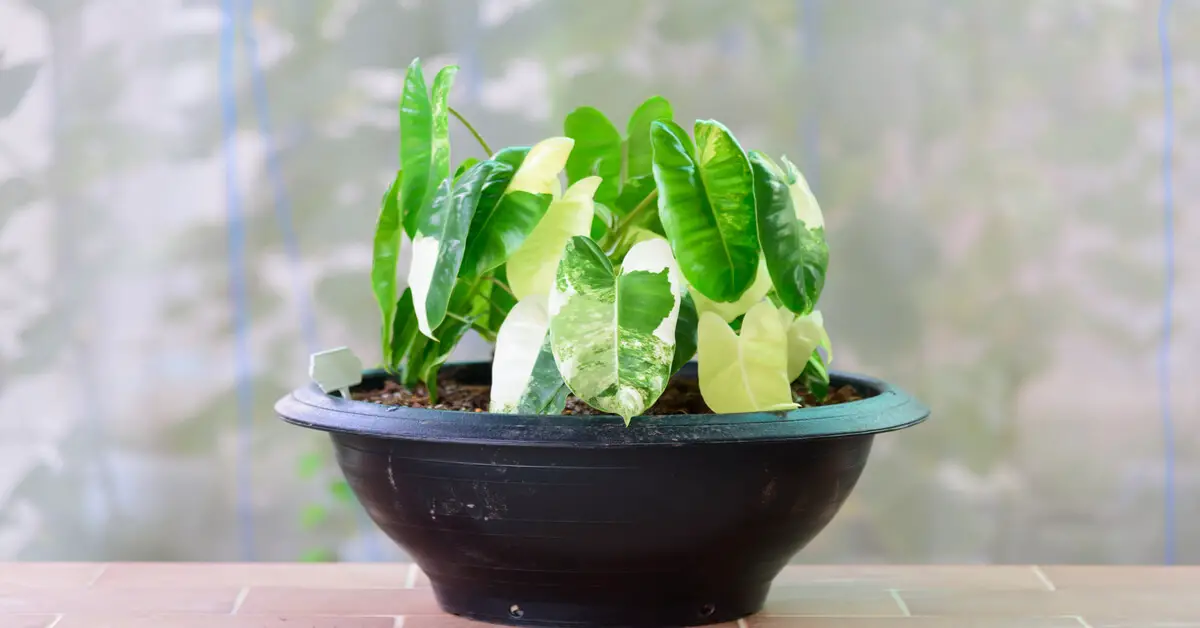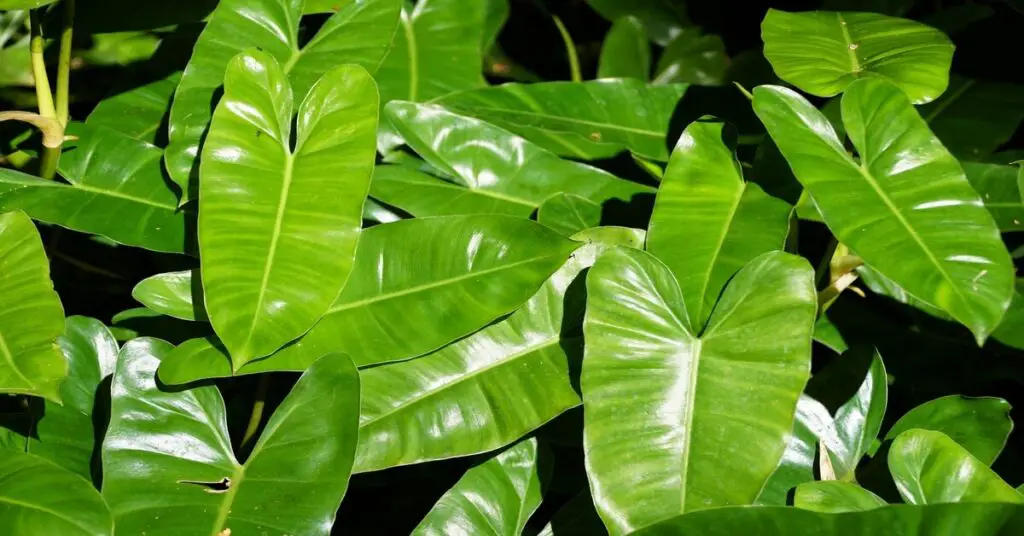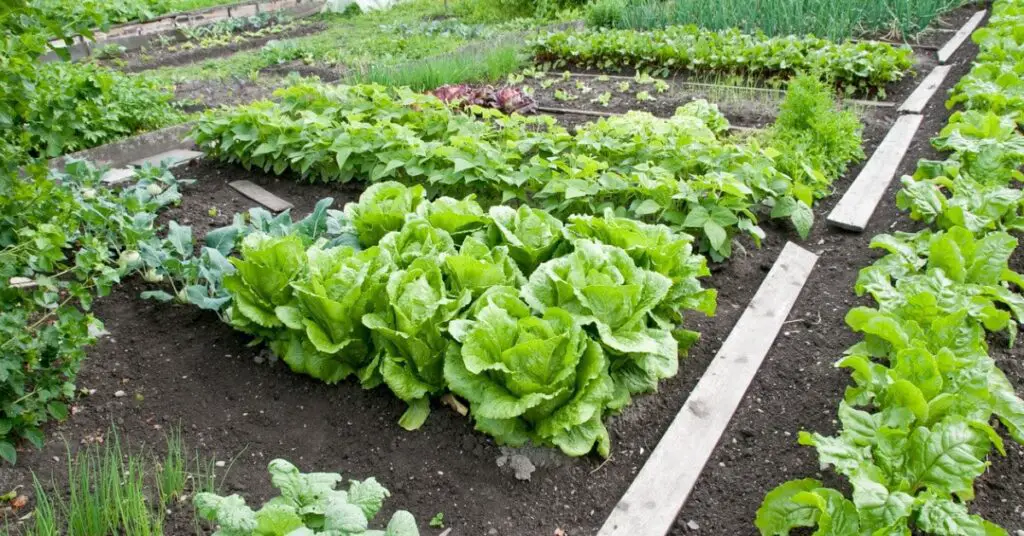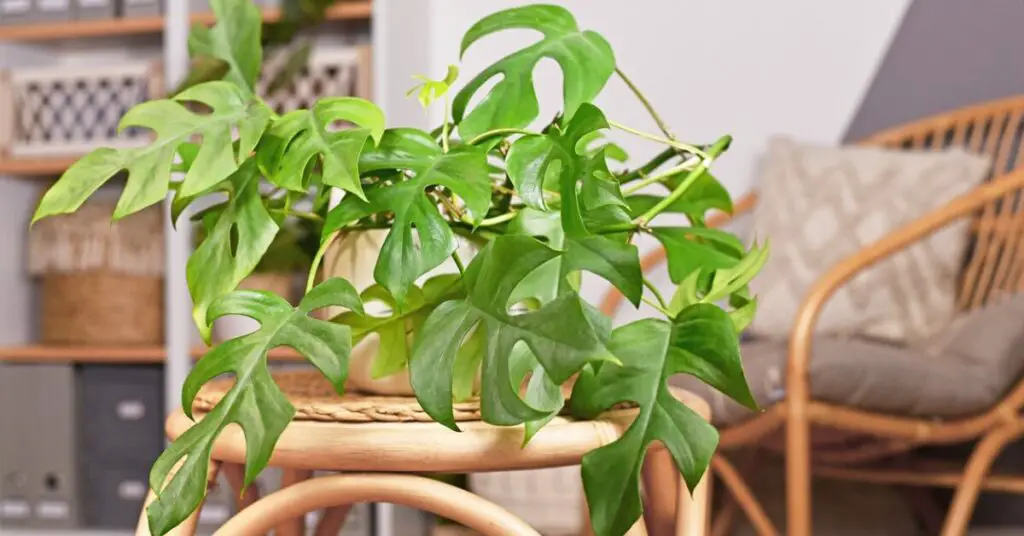Named after Roberto Burle Marx, a renowned Brazilian landscape architect famous for first incorporating Brazilian tropical flora into his pioneering designs, the Philodendron Burle Marx is a beautiful, heart-shaped-leaf plant perfect for bringing the rainforest into your home.
They are noted for their large, glossy, and jungle green leaves, which may grow up to 18 inches (45 cm.) when mature.
Quite dense and vigorous, these plants are commonly used as landscape ground cover in outdoor plant-friendly regions such as Florida or other areas in USDA regions 9-11.
Philodendron Burle Marx Care
Native to the tropical forests of Northern Brazil, Colombia, and Ecuador, the Philodendron Burle Marx is an epiphytic climbing plant that grows very quickly under the right conditions.
Despite its fast growth, it is considered relatively small within the Philodendron group of plants, reaching a maximum height of ~3 feet (1 m.).
Potted, they can stand upright indoors, bringing the feel of a rainforest canopy into your home with their lush foliage and striking silhouette. You can also direct their growth using a moss pole.
These plants are low-maintenance and are not considered particularly fussy.
Soil
Use a well-draining, airy soil mixture that best simulates the rainforest floor such as peat moss. You can also use potting soil mixed with equal parts perlite and orchid bark.
Re-pot every 2-3 years as these plants do not like to be root-bound (i.e. their roots need space to take up as much oxygen as possible).
Watering
Hydrate with distilled water when the top two inches of soil dry out (~once a week). In the winters, you can let the soil dry out a little more than usual between waterings. Overwatering, a common problem among philodendrons, may cause soggy soils and attract pests and diseases.
Lighting
These plants prefer bright indirect sunlight, as they naturally vine and spread below the tree canopy in the rainforests. Place them near an east- or west-facing window, or a few feet away from a south-facing window for ideal lighting conditions.
Humidity & Temperature
As true tropical plants, the Philodendron Blue Marx prefers humidities above 50%, ideally close to 70-80%. Grow in a bathroom or kitchen, or increase your room’s humidity with a pebble tray, humidifier, or frequent misting and dust wiping.
Fertilizing
To keep leaves staying lush and green, feed with a balanced diluted liquid fertilizer once every month during the spring and summer. In the winter, you can stop fertilizing.
Propagation
Propagation can be done via stem cuttings with at least one leaf node and a top leaf intact. Transplant the stem cuttings directly into moist soil, or allow roots to grow in distilled water (~3-4 weeks) before planting.
Air layering, while less common, is also possible.
Diseases & Pests
Philodendrons are generally pest-resistant, but there are still a few sap-sucking pests to watch out for such as thrips, mealybugs, spider mites, aphids, and scales. Treat with insecticides or regular dishwashing soap and water solution.
Burle Marx are moisture-loving plants that may attract fungi or bacterial infections, which cause leaves to turn yellow or brown. Make sure to wipe dust off after misting to prevent infections and avoid overwatering, which may cause root rot and powdery mildew.
Toxicity
The Burle Marx, like other Philodendrons, contains calcium oxalate, a substance toxic to both humans and pets if ingested.
Symptoms include blisters in the mouth, burning sensations in the eyes and mouth, nausea, vomiting, and swelling. Seek immediate medical care if accidentally ingested or chewed.
Philodendron Burle Marx Variegated

Philodendron Burle Marx Vergata is a variegated cultivar of the regular Burle Marx, and is an unstable chimeral mutation.
The variegation on this plant may look like bright creamy yellow-lime splotches scattered randomly among the dark green-colored leaves. Sometimes the variegations may cause the entire half of the leaf to turn lime-yellow (half moon variegation).
Because variegated forms produce less chlorophyll, they typically need more sunlight or they will revert.
How do you keep Burle Marx variegated?
Low-light conditions will cause variegated plants to produce more chlorophyll-rich green leaves, which better capture sunlight and cause the plants to lose their variegated colors. To avoid reversion, you can prune new un-variegated leaves below the nodes. Ensure variegated plants get a little more sunlight by placing them closer to the window or a bright light source.



